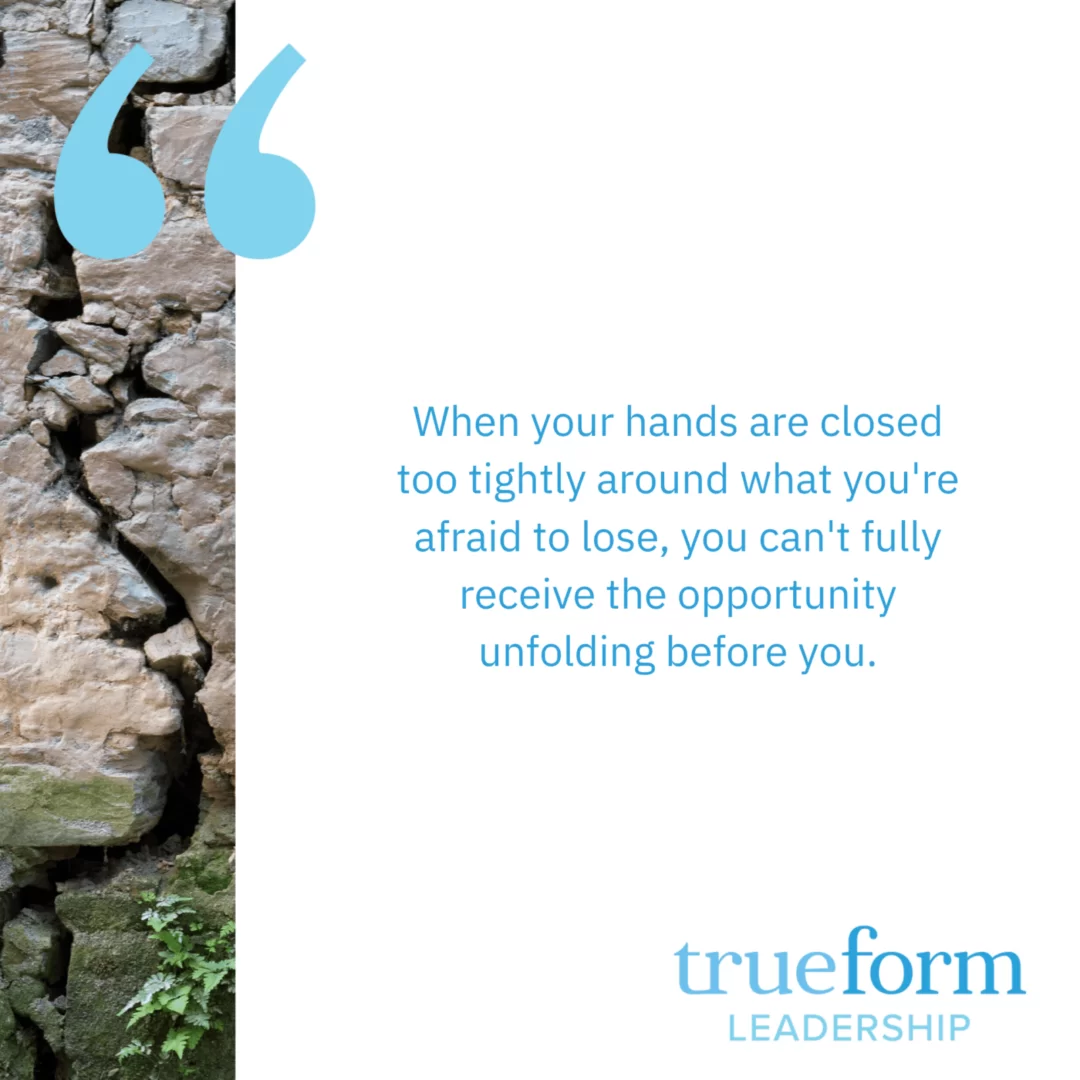Readjusting Creative Tension
In an interview with Jim Collins, author of Good to Great, Navy Admiral James Stockdale reflected on his time in a Vietnam prisoner of war camp:
“Who didn’t make it out?”
“Oh, that’s easy,” [Stockdale] said. “The optimists… they were the ones who said, ‘We’re going to be out by Christmas.’ And Christmas would come, and Christmas would go. Then they’d say, ‘We’re going to be out by Easter.’ And Easter would come, and Easter would go. And then Thanksgiving, and then it would be Christmas again. And they died of a broken heart.”
As I take in the conversations of governments, local communities, and businesses struggling with when and how to fully reopen during COVID-19 these words, describing the failure of the optimists to confront the reality of the situation, have been playing in my head. Stockdale – who was held captive and tortured for over eight years – rooted his resiliency in a deep faith that he would return home while also embracing the harshness of his situation. This stance gave him the fortitude to build structures of support in the crises while forging realistic paths forward.
Collins, coining this as “The Stockdale Paradox,” explains, “You must never confuse faith that you will prevail in the end — which you can never afford to lose — with the discipline to confront the most brutal facts of your current reality, whatever they might be.”
In our optimism we can find ourselves clinging to the positives of the past and our anticipated desires for the future. The wave of success you’d been riding into the beginning of the year. The contracts signed but now stalled. The team you’ve hand-picked and developed that you’re now not sure you can afford to keep. The hope that revival is around the corner, by the end of the month or the end of the quarter, before all traction is lost and momentum completely falls away.
Yet, when your hands are closed too tightly around what you’re afraid to lose, you can’t fully receive the opportunity unfolding before you.
The Stockdale Paradox creates the creative tension for change. Usually as business leader’s we’re trying to form this tension. It’s at the root of strategic planning when we define our current reality, in the form of a SWOT analysis, and juxtapose the vision of where we long to go. Once created, this is the tension that pulls you, your team, and your business forward like a stretched rubber band.
COVID-19 has now shifted the tension of where your rubber band has been set.
As a swift and powerful economic force, the pandemic is disorienting – to you, your people, and your business. It’s not the change you asked for, but it’s here in front of you making its noise anyways. And, as Stockdale learned as a leader in a POW camp, creative tension is where innovation, motivation, and imagination spring forth.
Before you can fully name where your business is being called, it’s important to get rooted in the reality of where you are, however difficult or unwelcome that reality might be.
~
Leadership Development Practices to help you engage with these concepts in your own leadership development journey:
Naming The Facts of your Current Reality: As a re-strategizing exercise, set aside intentional time with yourself or your team to scan your current environment.
- What has shifted in the landscape you and your business operate in?
- What realities can you no longer rest on?
- What are the new realities you see emerging?
- How does this redefine the opportunities and threats before you and your team?
Within this adjusted environmental context, consider where your organizational strengths and weaknesses lie.
- What does your organization need to operate in this current reality?
- What skills sets are supportive? Which stances are holding you back?
- What needs to shift within your team? With the way you serve customers?
- What tools and platforms can you leverage? What new metrics can you operate towards?


